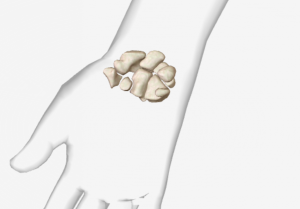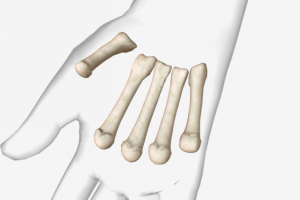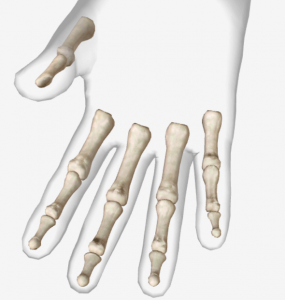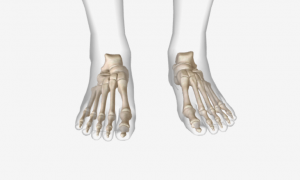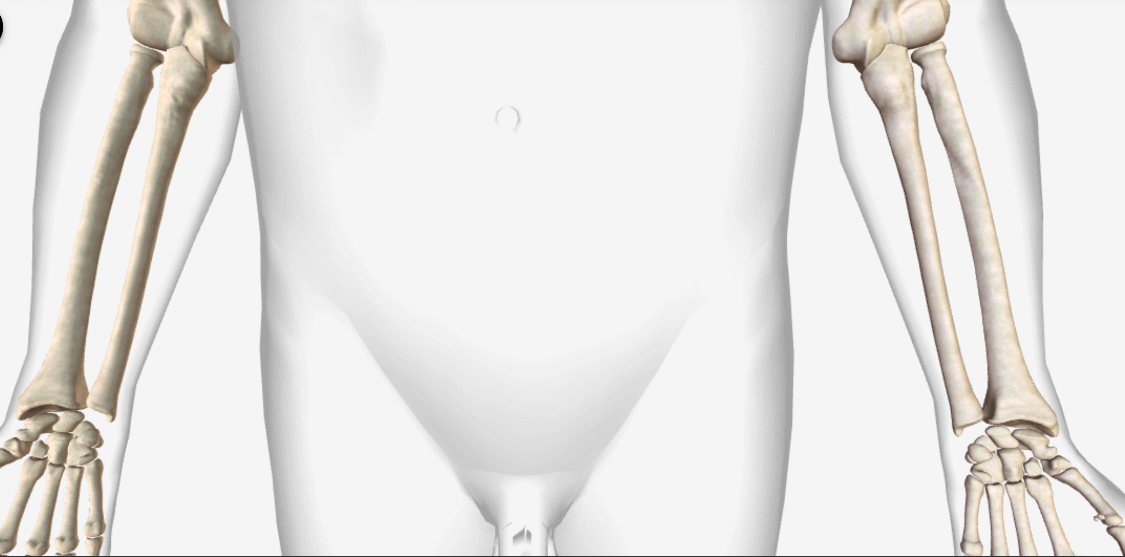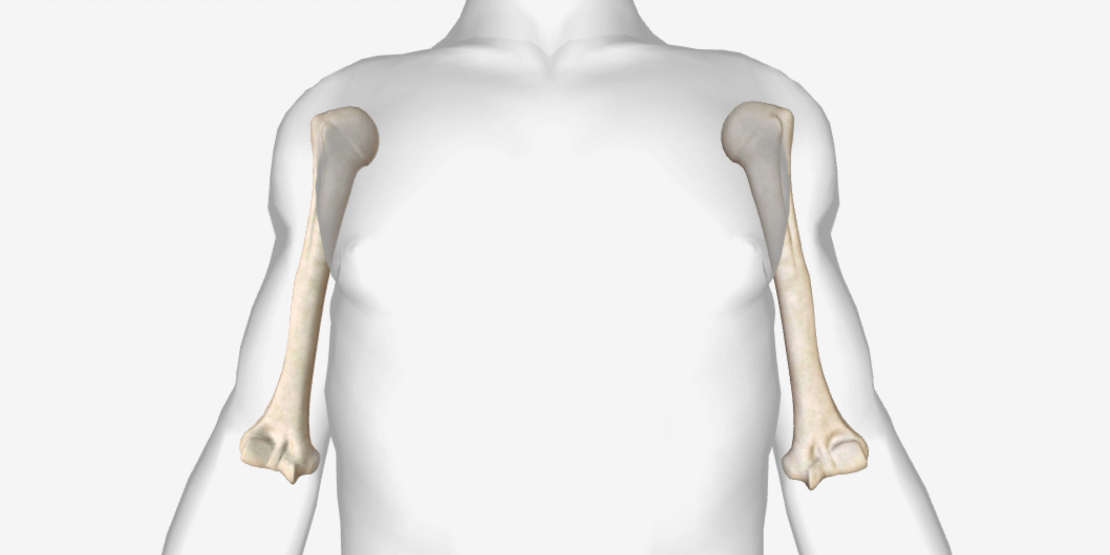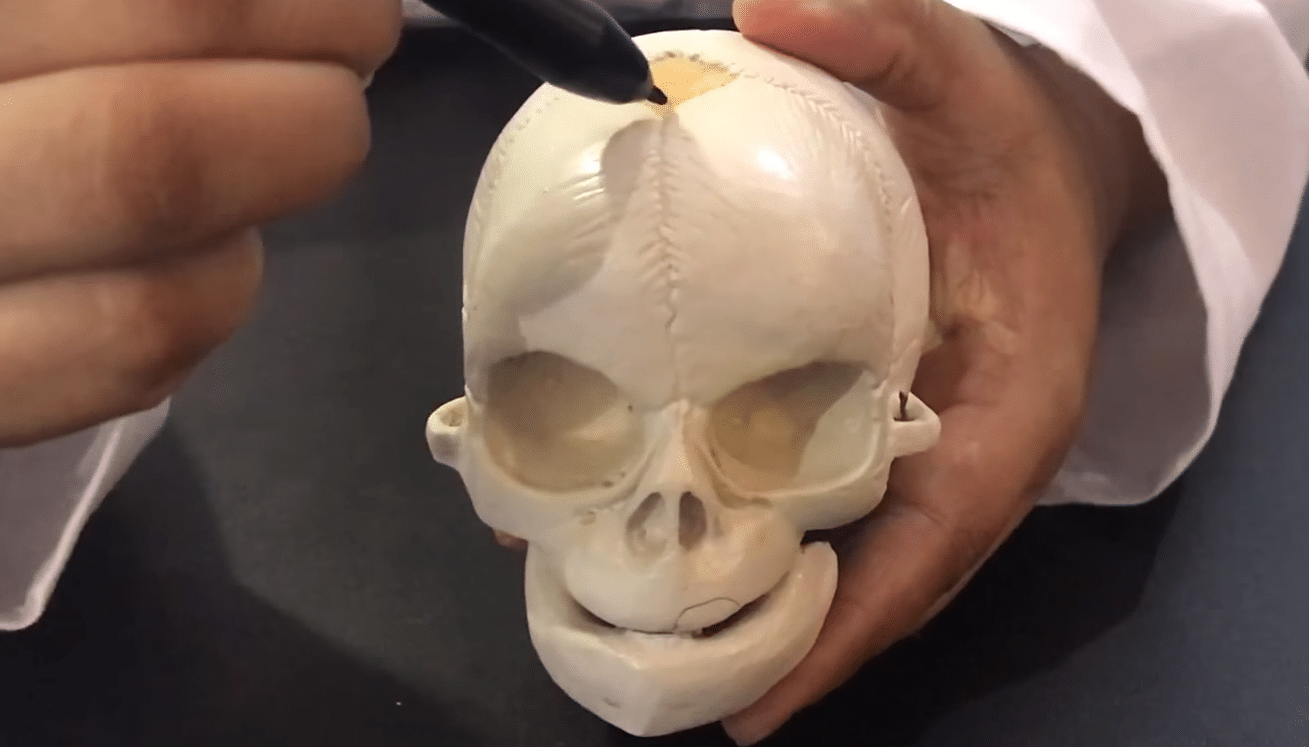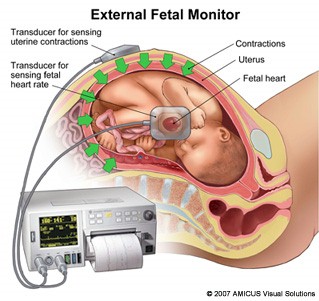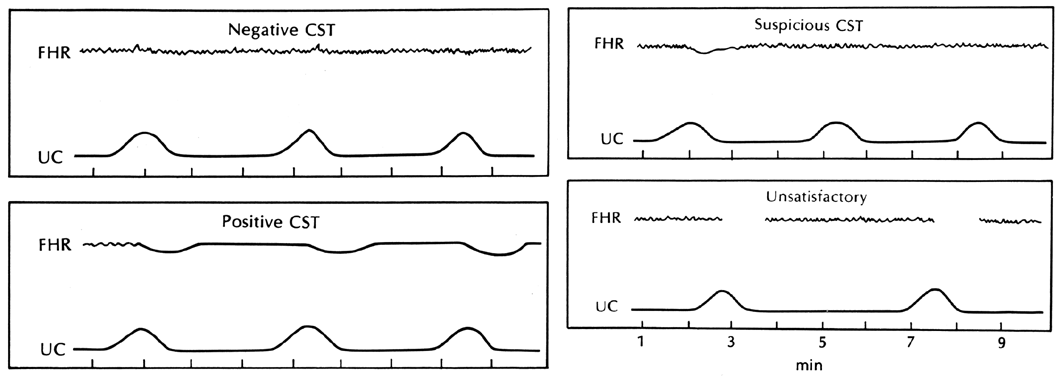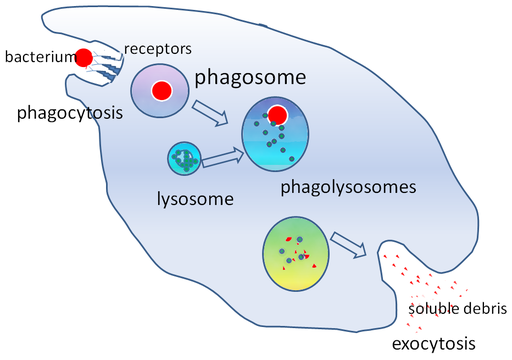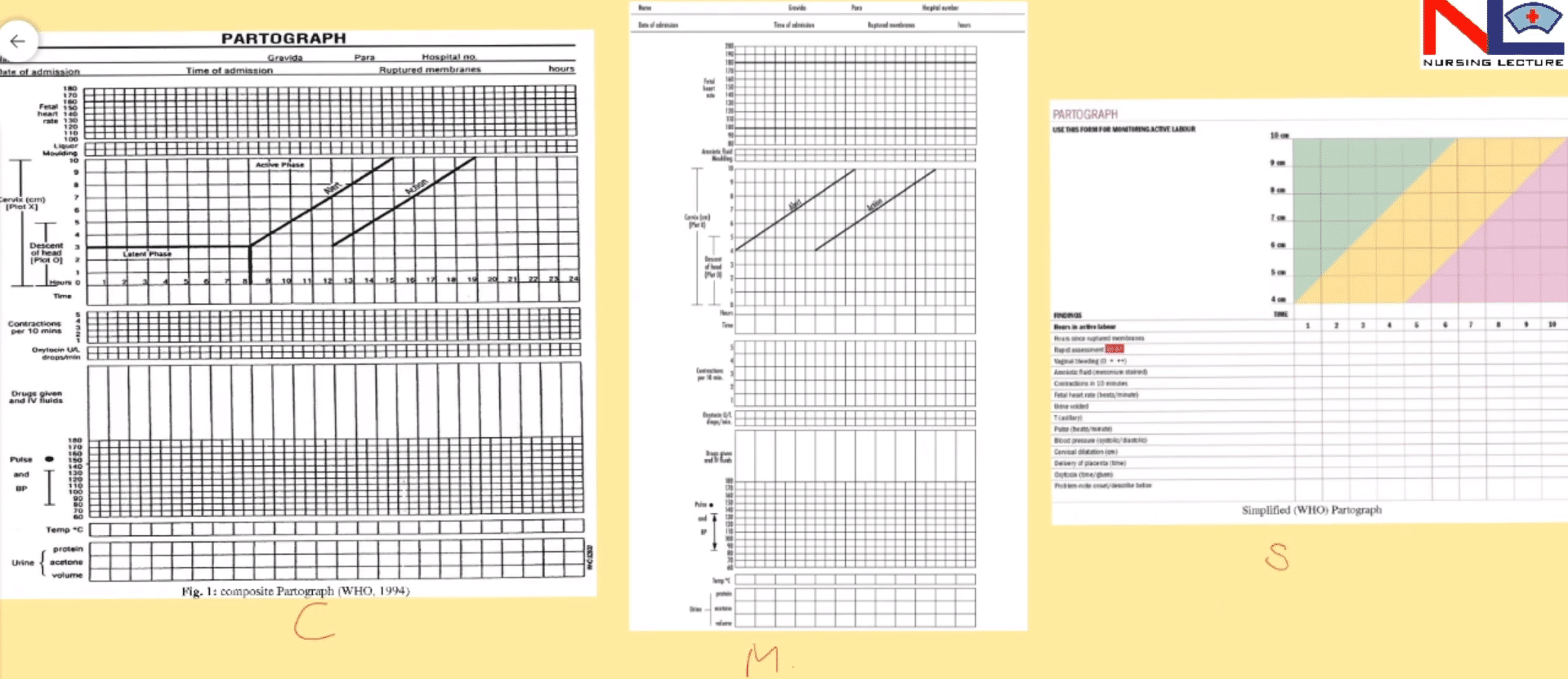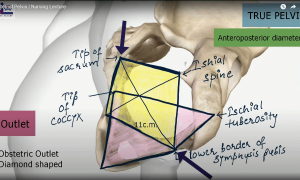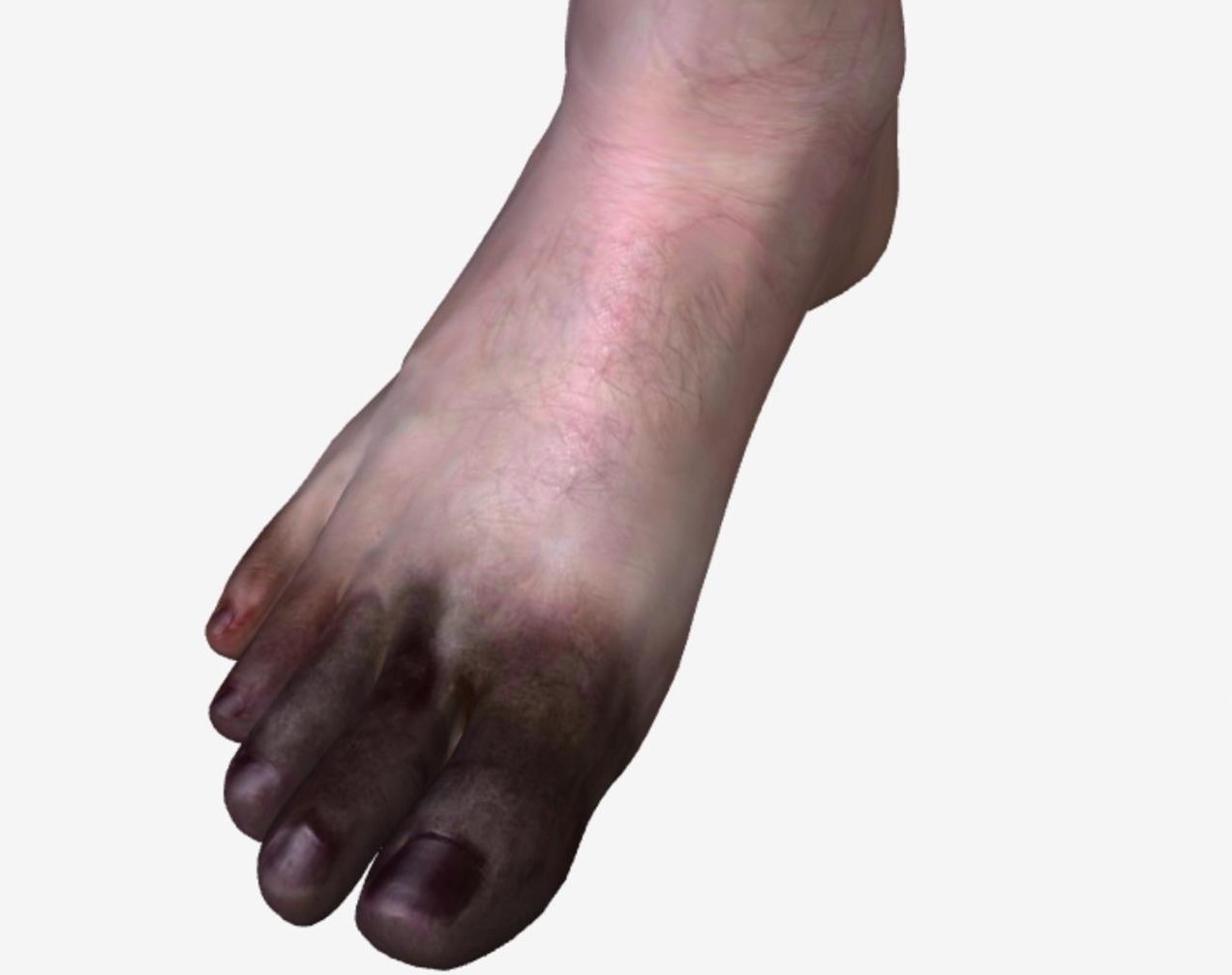Bones of hand
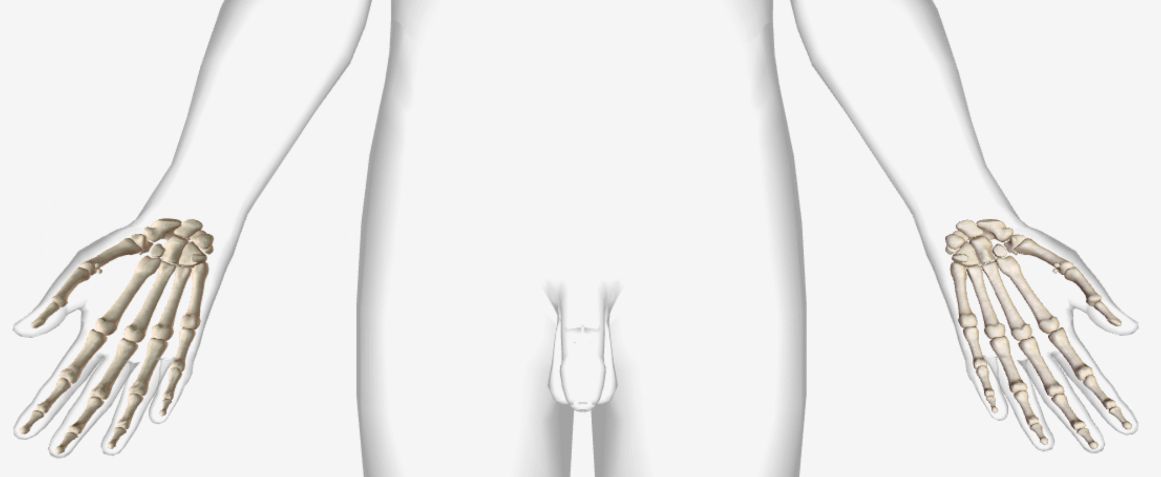
There are the various bones of the hand, these are-
Carpals
-It is the proximal region of the hand and consists of eight small bones, these joined to one another by ligaments and the joint between them called intercarpal joints.
-These are arranged in two transverse rows of four bones each and they named according to their shapes.
-In the proximal row, from lateral to medial, are the scaphoid a boatlike, lunate a moon-shaped, triquetrum a three-cornered structure, pisiform a pea-shaped.
-This proximal row articulates with the distal ends of the ulna and radius to form the wrist joint.
-In the distal row, from lateral to medial, is the trapezium a four-sided figure no 2 parallel sides, trapezoid a four-sided figure with two sides parallel, capitate a head-shaped largest carpal bone, hamate a hook-like.
There is an easy mnemonic or rhyme to recall the names of carpal bones here-
Straight Learn The Pieces That Those Carpals Have
(scaphoid, lunate, triquetrum, pisiform, trapezium, trapezoid, capitates, hamate)
-The anterior concave space formed by the pisiform and hamate on the ulnar side, and the scaphoid and trapezium on the radial side, with the roof like covering of the flexor retinaculum a strong fibrous band of connective tissue is the carpal tunnel. The long flexor tendons of the digits and thumb and the median nerve pass through the carpal tunnel.
-Metacarpals The metacarpus (meta- [1] beyond), or palm, is the intermediate region of the hand and consists of five bones called metacarpals.
Metacarpal bone
-Consists of a proximal base, an intermediate shaft, and a distal head, and are numbered I to V, starting with the thumb, from lateral to medial.
-The proximal bases articulate with the distal row of carpal bones to form the carpometacarpal joints.
-The distal heads commonly called “knuckles”, articulate with the proximal phalanges to form the metacarpophalangeal joints.
Phalanges
-Are the bones of the digits, forms the distal part of the hand. The 14 phalanges in the five digits of each hand are numbered I to V, beginning with the thumb, from lateral to medial.
-A single bone is referred to as a phalanx. Each consists of a proximal base, an intermediate shaft, and a distal head but the thumb has two phalanges called proximal and distal phalanges or the other four digits have three phalanges called proximal, middle, and distal phalanges.
-The digits are referred to as the index finger, middle finger, ring finger, and little finger. The proximal phalanges of all digits articulate with the metacarpal bones. The middle phalanges of the fingers from II–V articulate with their distal phalanges. The proximal phalanx of the thumb articulates with its distal phalanx. Joints between phalanges are called interphalangeal joints.

